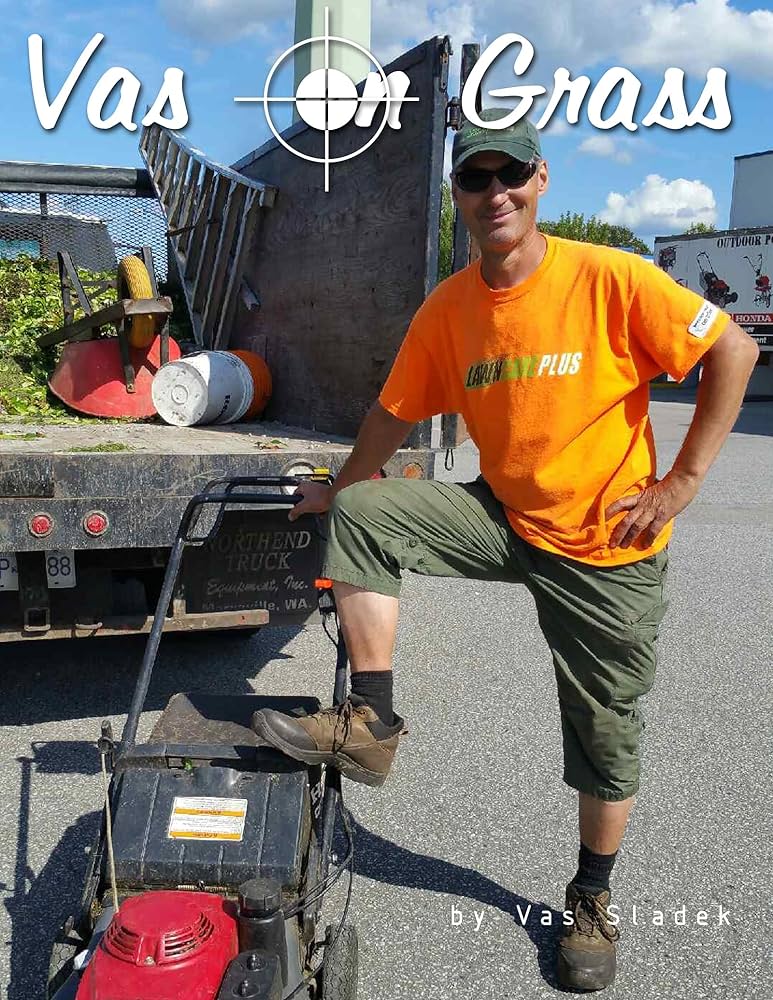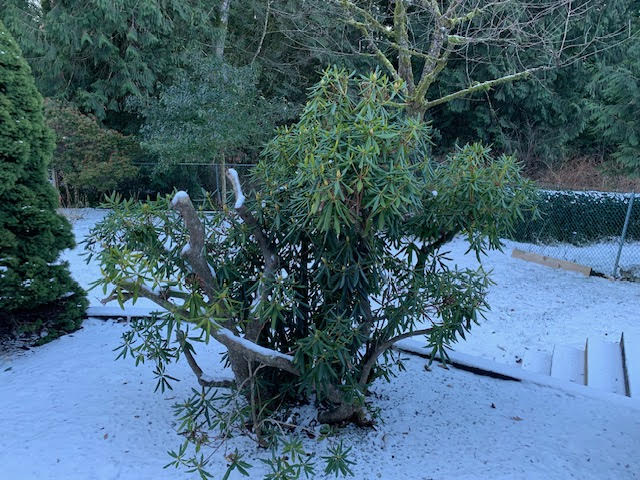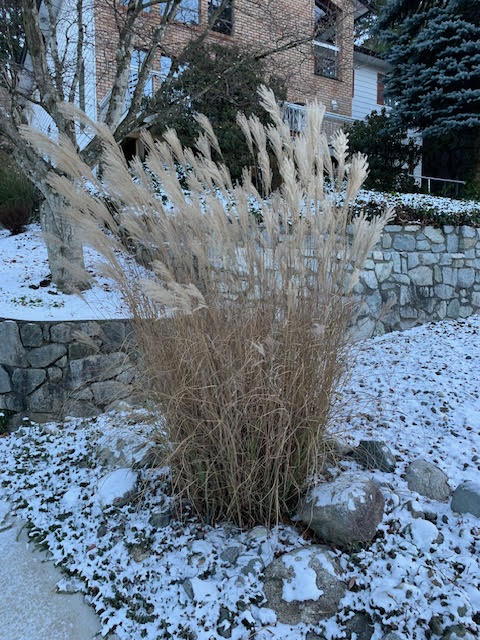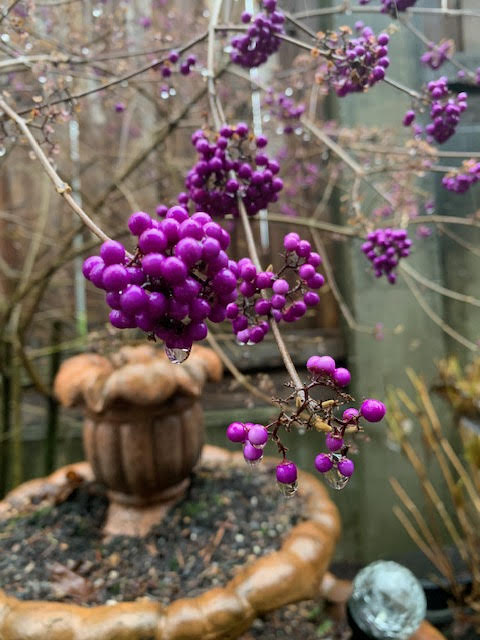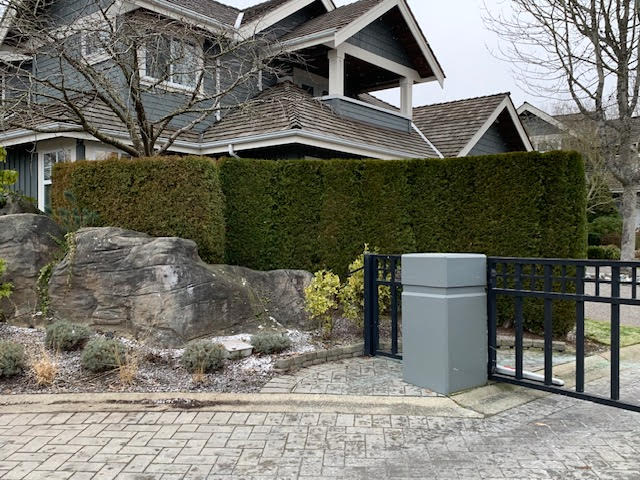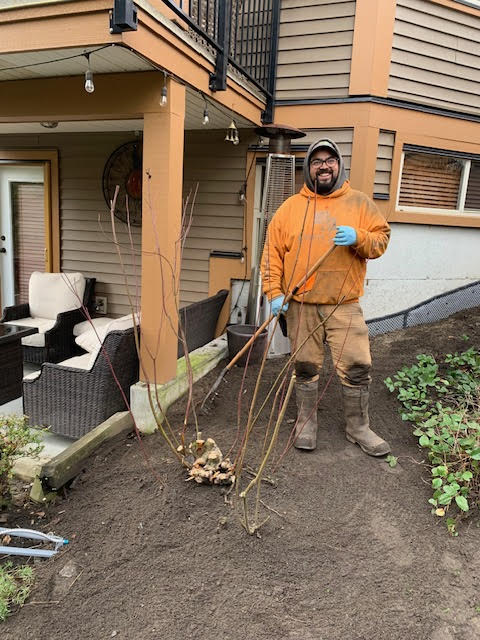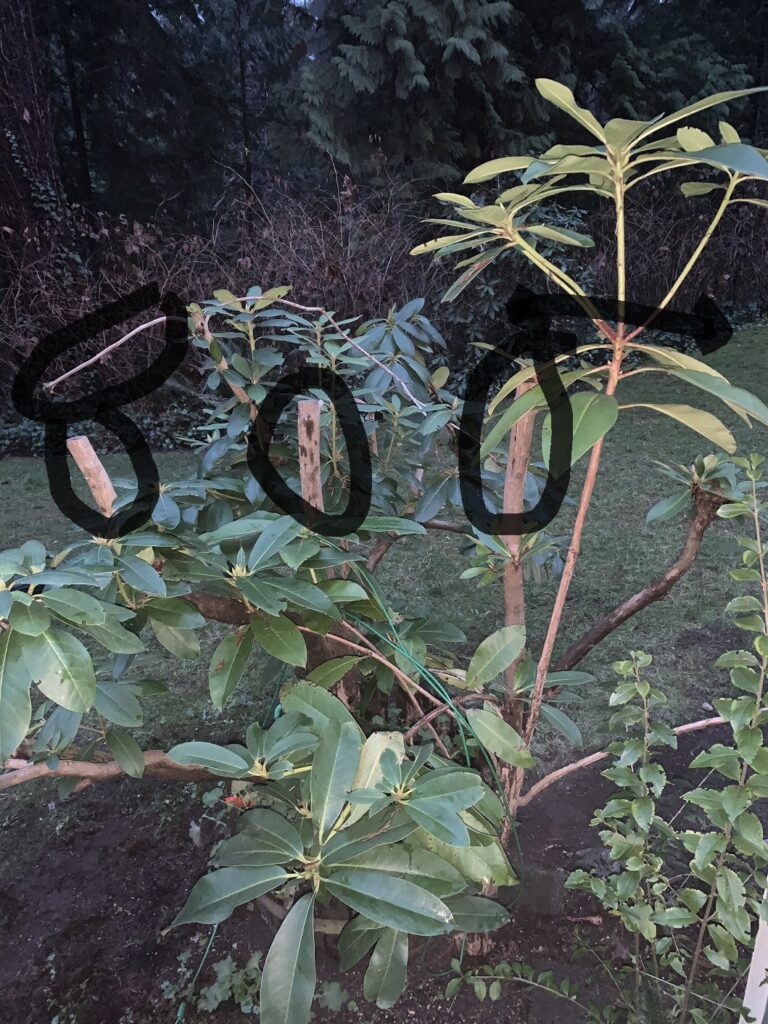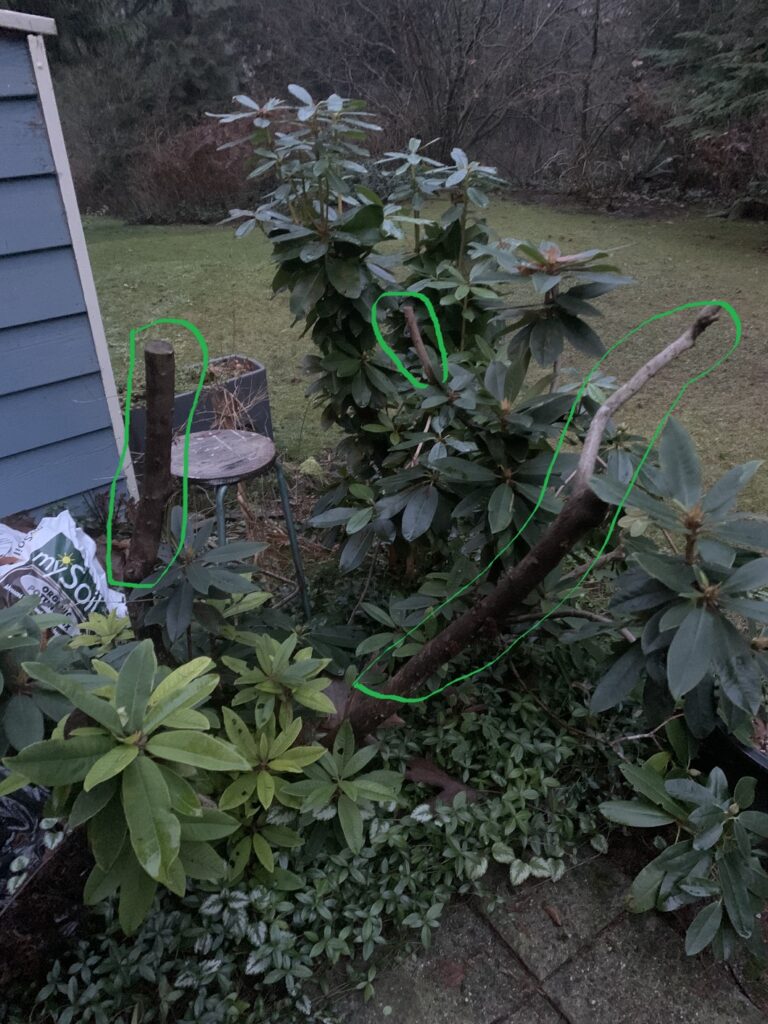Unhappy senior
There she was, another gray senior citizen and she had lots to say about the person who pruned her prized Japanese maple last year. She didn’t like the job and she paid hundreds for it. Then there were some promises and the man never came back.
I’ve heard all this before. It’s important to hire professionals like Proper Landscaping and Red Seal Vas and go over the pruning work so it’s clear.
I told the lady to relax. I would come prune it for her and it wouldn’t ruin her retirement. So of course she called me this fall when I was still extremely busy and the maple was still covered in leaves. This leads us to lesson number one.

Wait until the leaves drop!
Now, when you wait for the leaves to drop, you help me see the full tree crown, which makes it easier to execute my pruning cuts; and see anything dead, diseased or crossing inside the crown. I can prune your tree with leaves still on but it makes it more difficult when I’m still busy chasing leaves.
Luckily, this old lady listened to me and waited because she was getting a great deal. I would prune her maple and she wouldn’t have to rejoin the work force to pay for it.
Last year her maple was quickly power sheared by an enthusiastic, low-skilled, side-gigger motivated by quick cash. Which leads us to lesson number two.
Don’t power shear your maples!
I get it, power shearing is very fast. Just run the blades along the crown, rake up the debris, collect your cash and disappear. I brought a small step ladder, snips, hand saw and pole pruners; and I still got it done quickly. Plus the clean-up was easy: small branches as opposed to shredded bits of tree tissue.
Hand cuts are way more precise; power shears run indiscriminately along the crown outline so many cuts don’t make sense. You can’t really cut close to a bud with power shears.
Prune your maples before Christmas!
It’s a good idea to prune your maples before Christmas, and I just made it. After Christmas, maples start to run their sap so when you make your pruning cuts, sap “bleeds out”. It’s best to avoid this and let the tree do its thing.
Conclusion
If you follow my suggestions above your maples should be in good shape. Don’t trust low-skilled side-giggers with your trees. Get them nicely, professionally done. Call Proper Landscaping for help.
